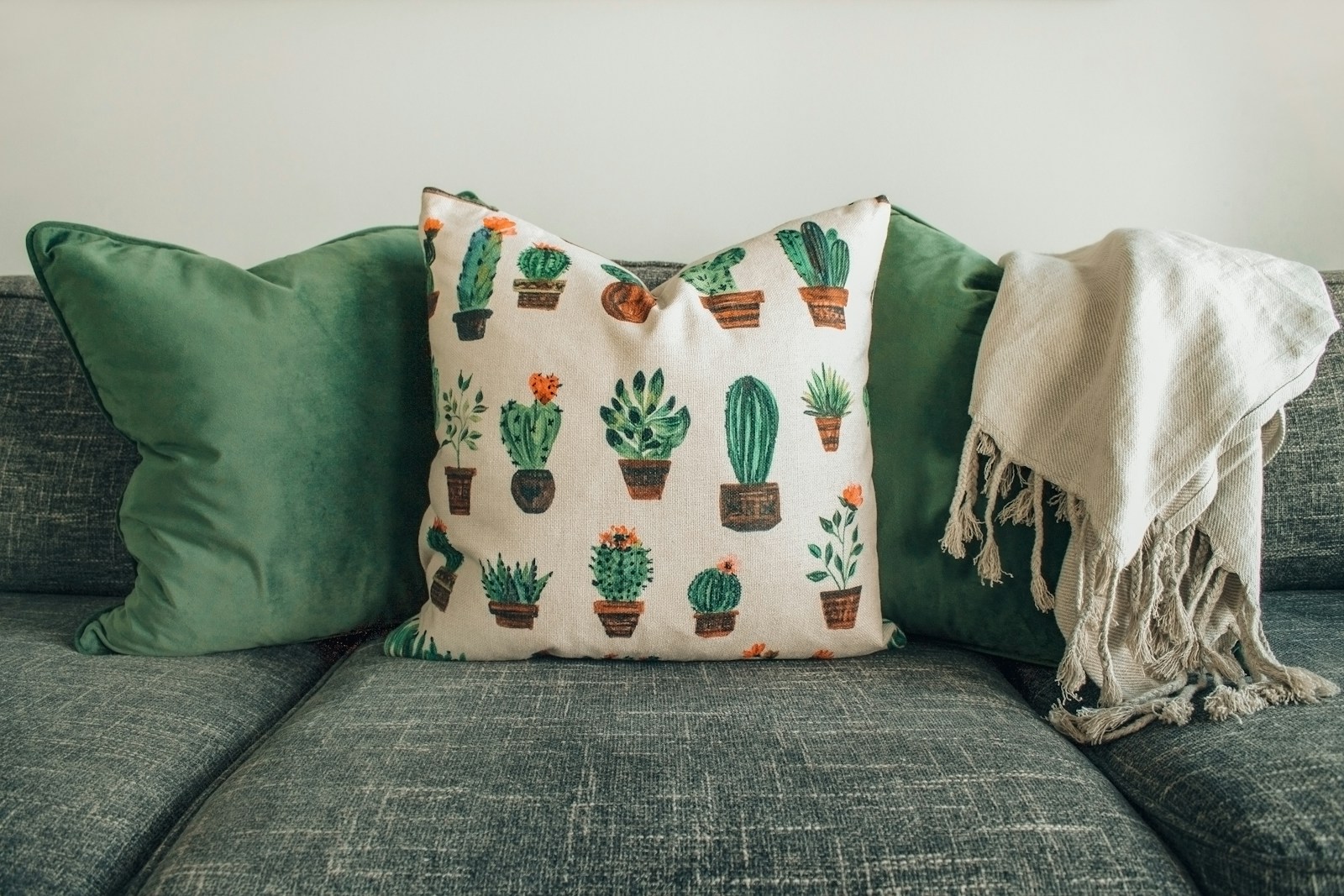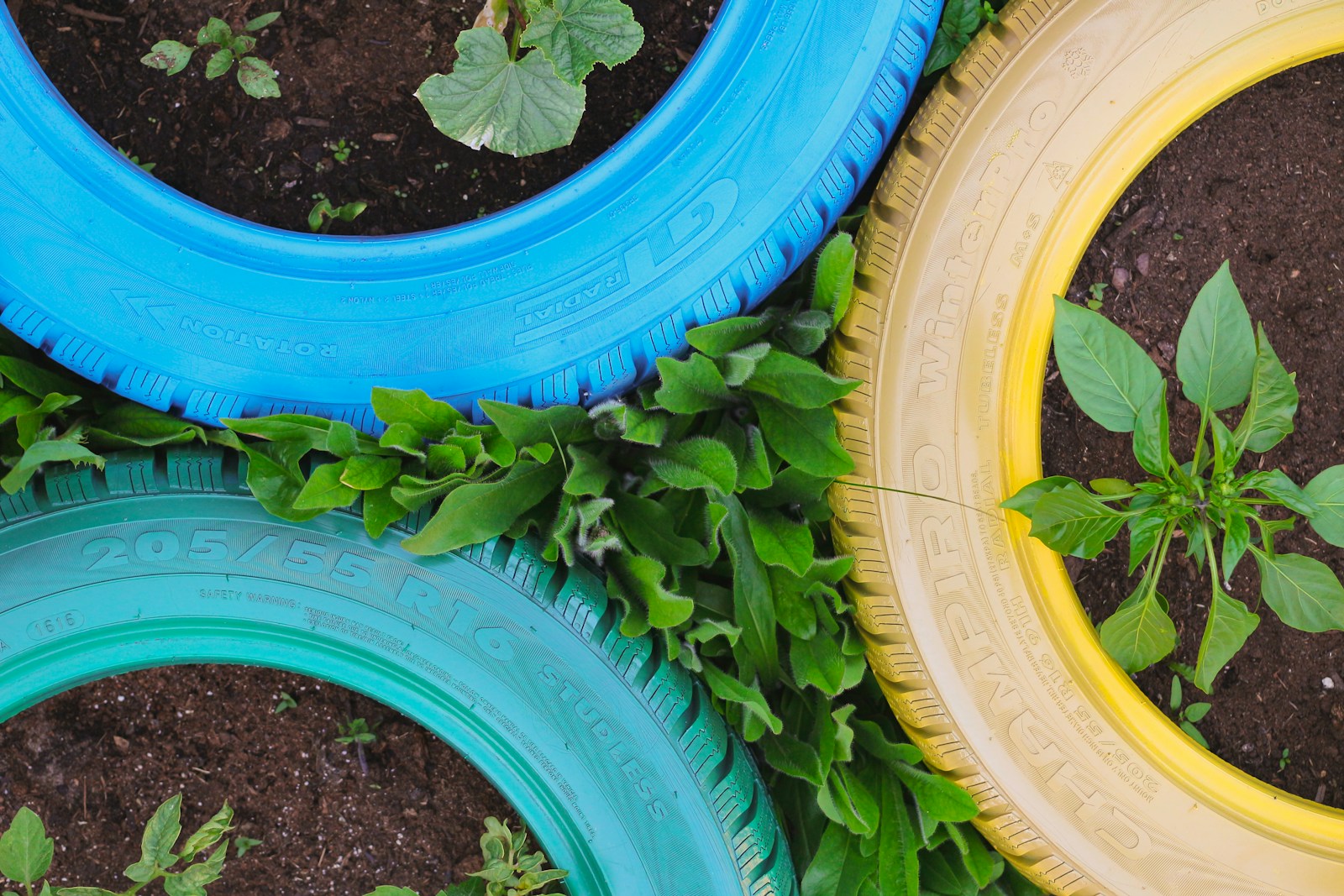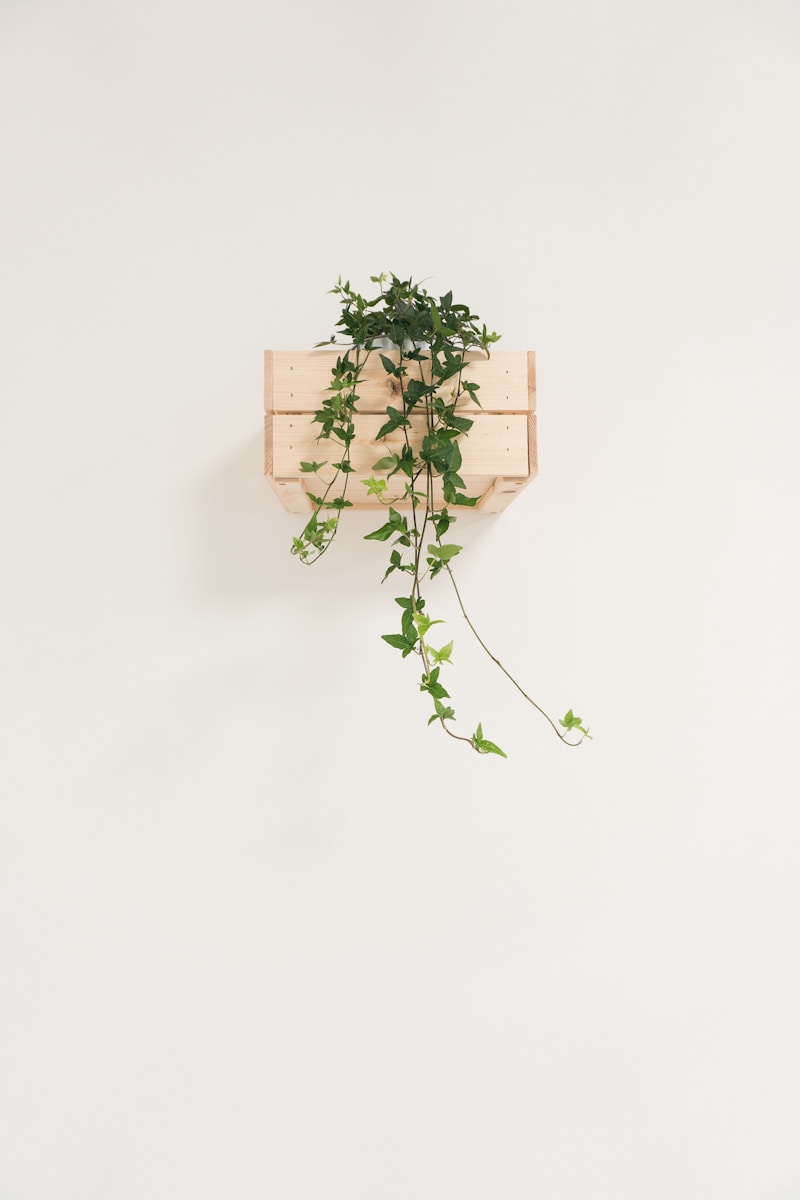How to Create Custom Pillows, Throws, and Cushions
Looking to add softness, color, and personality to your home? Learning how to create custom pillows, throws, and cushions is a simple and satisfying way to elevate your decor. Whether you sew, glue, or repurpose, these DIY ideas are perfect for all skill levels—and they let you control the fabric, size, and style from start to finish.
Pick Your Materials
Start by choosing fabrics that fit your style and space. Cotton, linen, velvet, and faux fur are popular for pillows and cushions. For throws, consider cozy materials like fleece, flannel, or chunky knit yarn. Don’t forget to consider texture, color, and washability.
Measure and Cut to Size
Decide what size you want for your pillows or cushions. Common sizes include 16×16″, 18×18″, and lumbar shapes like 12×20″. Add 1/2 inch to all sides for seam allowance. Use a ruler and fabric chalk or pencil to mark your cut lines, then cut carefully with sharp scissors or a rotary cutter.
Sew (or No-Sew) Pillow Covers
If you sew, make a basic envelope or zippered pillow cover. For a no-sew option, use fabric glue or iron-on hem tape to create clean seams. Envelope-style covers are beginner-friendly and easy to wash and swap with the seasons.
Stuffing and Inserts
You can use pre-made pillow inserts or stuff your pillow with polyester fiberfill, foam, or even recycled fabric scraps. For cushions, foam cut to size works best—just wrap it in batting for extra softness before covering it with fabric.
Add Personalized Details
Make your creations stand out with trims, tassels, embroidery, or fabric paint. You can add iron-on patches, stencil patterns, or hand-sewn buttons for a custom look that reflects your style. These finishing touches bring charm and personality to every piece.
Create a Throw Blanket
For a no-sew throw, use fleece and cut fringe along the edges to tie knots for a clean finish. If you’re handy with knitting or crochet, create a chunky yarn blanket that doubles as art and comfort. You can also hem raw fabric or sew a reversible throw with two contrasting prints.
Repurpose Old Materials
Give new life to old sheets, tablecloths, jeans, or sweaters by turning them into custom textiles. Denim pillows, sweater cushion covers, or flannel throws can all be made from upcycled items you already have at home.
Style and Layer Your Creations
Once your pillows, throws, and cushions are complete, layer them thoughtfully across beds, sofas, benches, or reading nooks. Mix and match shapes and sizes, balance bold patterns with neutrals, and coordinate with your room’s overall palette for a cohesive look.
Care and Maintenance
Check your materials for washability before starting. Removable covers are easiest to clean—just unzip and toss them in the wash. Spot clean cushions or throws that can’t be machine washed, and store seasonal pieces properly when not in use.
Conclusion
Creating custom pillows, throws, and cushions is an easy, creative way to add comfort and charm to your home. Whether you’re upcycling old fabric or designing from scratch, the end result is something personal, stylish, and totally you. So grab your scissors, choose your fabric, and start making soft, cozy magic—one stitch (or glue strip) at a time.
Frequently Asked Questions
What’s the easiest pillow style to make?
An envelope pillow cover is beginner-friendly, requires no zipper, and is easy to wash and swap out for seasonal decor.
Can I make pillows or cushions without sewing?
Yes! Use fabric glue or iron-on hem tape to bond fabric edges for a no-sew project. You can also tie fringe or wrap foam with fabric.
Where can I find fabric for DIY pillows and throws?
Check fabric stores, online retailers, thrift shops, or repurpose old clothes, curtains, or linens for affordable and unique materials.
What kind of stuffing is best for cushions?
Foam works best for cushions, especially for seating. Wrap it in batting for extra comfort before covering it with fabric.
How do I mix and match pillows and throws?
Use a consistent color palette with a mix of textures, patterns, and shapes. Combine solids, stripes, florals, and different fabrics for a layered, curated look.
© 2025 GardeningandDecor.com. All rights reserved.



